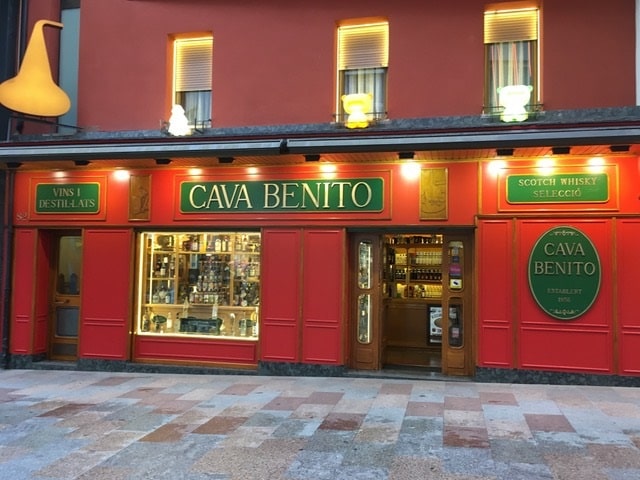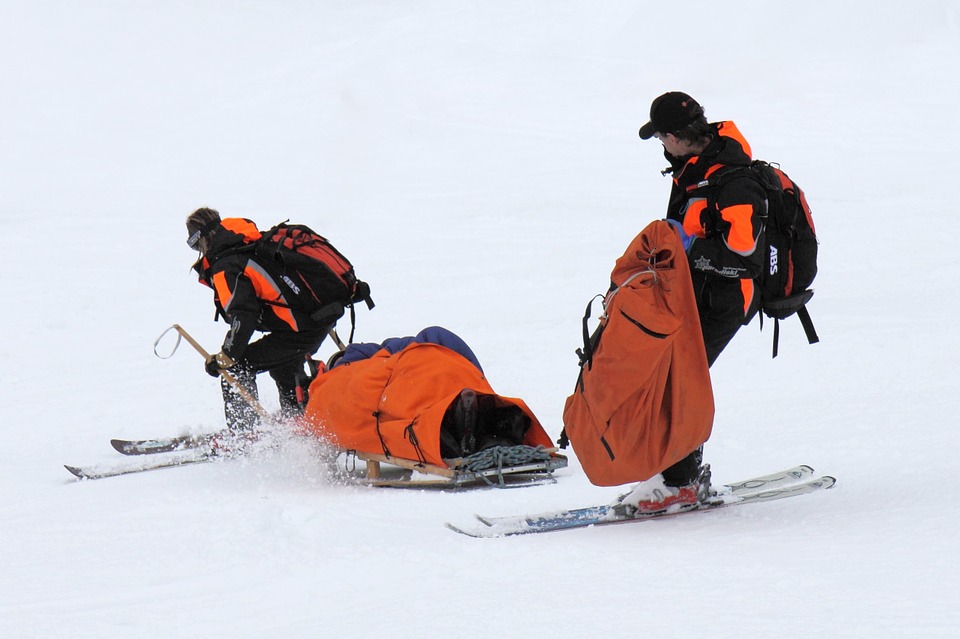Chamois is a graceful animal that is a symbol of the Pyrenees
In nature, there are several species of chamois that are very similar to each other. Therefore, all of them are called a rupicapra (or rupicapra) from Latin “stone goat” (“chèvre des rochers”). This is a species of chamois of Asian origin. It appeared between 250,000 to 400,000 years ago. However, depending on the habitat of the chamois, there are differences in structure, color, anatomy and behaviour. In France, Spain and Andorra there are three species of rupicapra: Alpine chamois (rupicapra rupicapra), Carthusian chamois (rupicapra cartusiana) and Pyrenean chamois (rupicapra pyrenaïca).
The chamois is a mammal, an artiodactyl, from the family of caprins (lat. Сaprinae).
Chamois – the smallest representatives of caprins. Their distinctive feature is two hooked horns that do not allow them to be confused with other animals.
Both females and males retain these horns for their entire lives.
Chamois molt twice a year: in the fall (August-September) and in the spring (April-May).
The life span of a chamois is about 25 years, which is usually not characteristic of animals of such a small size.
Alpine chamois:
The height at the withers of an adult individual is from 75 to 80cm. From the muzzle to the tail, the animal can reach 135 cm. The weight of the male is from 35 to 50kg, the females from 25 to 38kg. The colour of wool in winter and in summer is almost the same: beige-gray or yellowish-gray with brown or brownish-gray splashes.
Pyrenean chamois:
The height at the withers of an adult is from 70 to 75cm. From the muzzle to the tail, the animal can reach 110cm. The weight of the male is from 25 to 40kg, the females from 20kg to 32kg. The color of wool in summer is reddish-beige or ochre and the color is uniform. Their wool color in winter is much brighter than in summer. The sides, lower thighs and limbs are dark brown, the neck, back and upper thighs are greyish-beige. The tail and back are black, the belly is white. There is also a characteristic black stripe on the neck, which resembles a scarf.
Carthusian chamois:
These are larger individuals with horns of a large diameter. The coat color is black in winter and they have lighter spots on the head.
As the chamois age, this is accompanied by a decrease in its size. This has been happening since the fourth year of the life of the animal. Ten years later, more grey appears in the coat color. Summer wool gradually becomes light grey, and winter – dark grey or greyish brown. Stripes disappear.
The “Residential territory” of chamois is from several tens to several hundred hectares. As a rule, it is “winter territory” and “summer territory”.
Females are more settled than males. However, in their younger years, females are nomadic. By the age of ten, they choose a certain place: one can say that their behaviour is similar to the behaviour of women.
Chamois are quite active at night. In the daytime, the animal mainly eats. The rhythm of daily activity varies according to gender and age. Adult and young females lead a rather similar lifestyle, regardless of the season. This does not apply to adult males. They devote most of their time to “social interaction” with other individuals and observations — even to the detriment of food activity.
The males are polygamous. Sexual maturity occurs at the age of 1½ years for both sexes, but females do not actually participate in mating until the 3rd or 4th year of life.
The female gives birth to only one cub. The gestation period lasts from 160 to 170 days (from 23 to 24 weeks).
Mating times are mainly in December. The fertility period is from May 15 to June 15.
The female feeds the cub with milk until it is two months old – by this time it begins to eat grass.
The survival rate of chamois is from 50 to 70%, from 0 to 1 year, and then to 90% or more. A cold, long winter has a negative effect on survival.
In order to communicate with each other, chamois can use ritualized views, growls, positions of submission and positions of dominance, etc.
Habitat features:
Chamois are well aware of how best to use the elevation difference and the contrast of the mountain slopes, the micro-relief and the forest cover to ensure a certain thermal comfort and maximum availability of food. These eclectic animals also have a great ability to colonize unoccupied areas.
Often inhabited at very high altitudes, chamois are not necessarily the absolute masters of high mountains. They prefer the forest zone and the lower part of the pasture area at an altitude of 800 to 2,300m. In the eastern and northern parts of the Alps, the maximum height to which chamois have been found is about 2,700m, in the western and southern parts and the Pyrenees – about 3,000m. they cannot survive higher, as the grass almost does not grow at an altitude of 3000m. If there are no people, the chamois can live quite low. Such places include Jura (Jura), Prialpine district (les Préalpes drômoises), Provence (la Provence) or Eastern Pyrenees (les Pyrénées orientales).
Despite the fact that for self-defense chamois can use their horns, they find salvation infinitely more often due to the speed of running and agility. These qualities of chamois are due to the structure of the limbs and hoofs, the development of the heart muscle and lungs.
Well protected from the cold due to thick and warm winter wool, chamois seem completely indifferent to low temperatures. On the other hand, the use of shaded areas in summer suggests that chamois do not like heat.
In the Pyrenees, the golden eagle, the fox and the wolf hunt chamois.
See also Andorra flora and fauna











